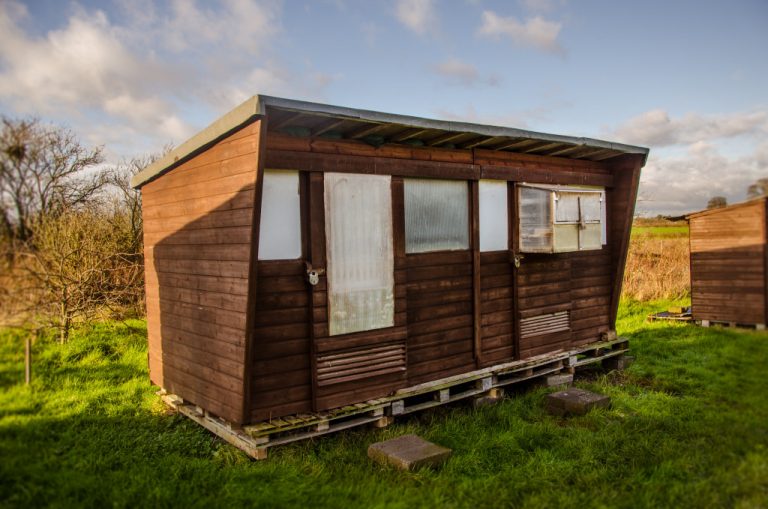The mortgage industry collapsed the global market in 2008, and it has yet to recover fully. Furthermore, the conventional home may be too ordinary and boring to live in. Humans are drawn to new experiences. We are prone to boredom and are turned off by the standard. We are always in need of fresh experiences.
Housing is a necessity, but it can also be a luxury for some. It isn’t always inexpensive, but there are always more affordable housing options accessible. Whether you’re seeking to rent or purchase, this list of low-cost housing choices should give you an idea of all the alternatives to conventional housing. Some of them are a bit strange, but they are tried and tested. Learn about them below.
Prefabricated House
Prefabricated houses play a significant role in the American housing industry. There are many benefits to constructing a home in a factory. A factory-made place, for example, might be produced for 50% less than a comparable-sized site-built home, making decent housing more accessible for thousands of Americans. Because they are created in a centralized, regulated interior environment, these houses are more efficient. They are not susceptible to weather delays or cost overruns caused by rain, snow, or wind construction.
Factories buy in bulk and often get substantial savings on construction supplies, which they pass to the consumer. Modular house manufacturers gain from comparable advantages, although not to the same degree since their inventory consumption is often lower. Construction waste disposal expenses are also significantly reduced. The majority of trash generated by prefabricated houses is recycled or disposed of at the facility.
Factory-built housing also minimizes waste in terms of time and money spent on replacing faulty materials such as warped studs, broken boards, and so on. This is because most material suppliers give their preferred materials to prefabricated and modular house manufacturers since they are volume clients.
Furthermore, since timber and other construction components are kept in covered warehouses and placed in climate-controlled structures, weather-related damage to building materials (dampness, freezing, etc.) is practically avoided.

RV Living
Many individuals travel in their RVs for road trips and holidays. It’s a mobile house for such excursions, allowing people greater flexibility to go anywhere their hearts want. However, for other individuals, the RV becomes their only residence, a real house on wheels.
Full-time RVing offers numerous benefits and, of course, some drawbacks, but don’t dismiss it before giving it a go. By most people’s standards, the advantages are fantastic. The RV lifestyle enables you to move about anytime you choose. You are never required to remain in one location for any longer than you want.
It’s a fantastic choice for anybody who isn’t ready to settle down and wants to explore and roam. There are no mortgage and electricity bills. There is also no homeowner’s insurance. Living in an RV allows you to save money, enabling you to have money left over each month to spend on the things you like doing most. It is, without a doubt, less costly than living in a traditional home.
You can travel easily when you live in a recreational vehicle (RV). Start the RV and drive away whenever you’re ready to move on to a different site or area. Going to your favorite destinations is less complicated and often results in more sightseeing excitement than you would otherwise get from other modes of transportation. But if you want to experience the next level of comfort and the ability to go where your heart wants you to, you’ll want one of those luxury motorhomes.
Revamped Shipping Containers
A shipping container house is constructed of steel shipping containers, which are substantial reusable intermodal containers used to carry products. There are two shipping containers available: 20 by 8 feet or 40 by 8 feet. The 20-foot shipping containers provide 160 square feet of living space, while the 40-foot cargo containers have 320 square feet of living space.
These containers may be used as a single house or personal office or combined to form a multilevel dwelling. Shipping container homes, like small houses, RVs, and silo homes, are becoming more popular as prospective homeowners look for alternatives to the traditional multi-bedroom house.
They are simple to build. Some builders can construct a shipping container house in less than a month. Hiring a professional to create your container dream house, on the other hand, might be costly. To avoid expensive construction expenses entirely, you may buy a prefabricated container house from one of a growing number of firms that specialize in constructing prefab homes off-site.
So, which kind of alternative dwelling piqued your interest the most? Do you think you could combine a few of these ideas to design a one-of-a-kind home for yourself? There is certainly ample opportunity to do so. Let us know what you come up with, and have fun constructing!




